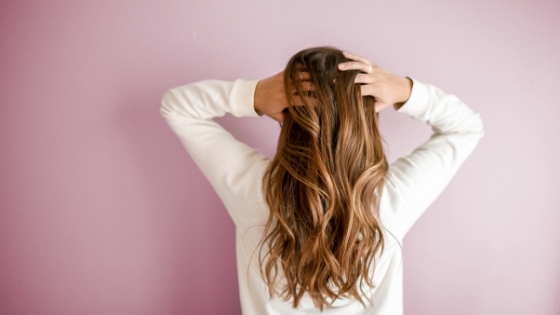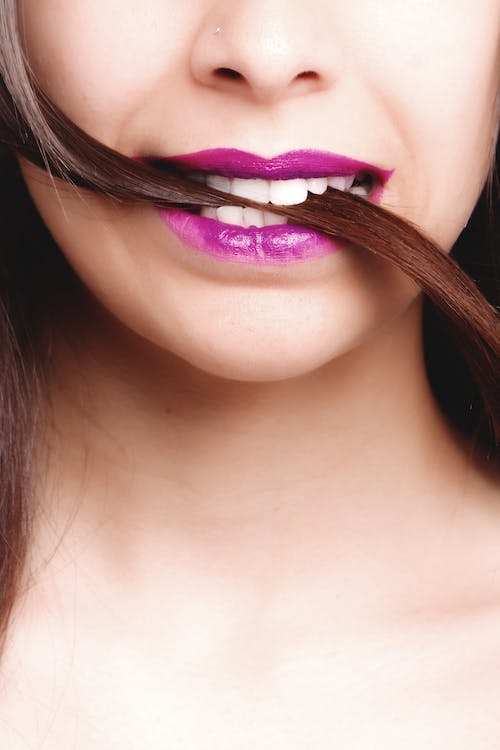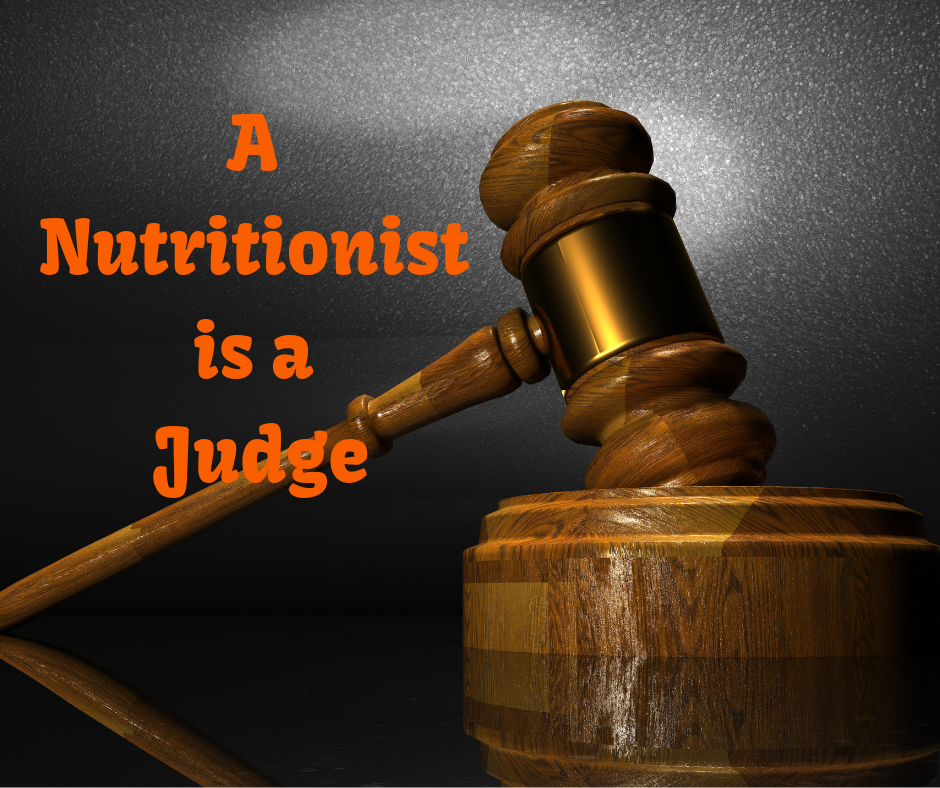Understanding hair growth and foods that may help

2024-02-26 08:24:34
On an individual and cultural and level, hair has always played a significant role. Healthy hair has always been associated with wealth and prestige, sometimes communicated via the adoption of extravagant wigs, and the desire for a full head of healthy hair persists today, with entire industries devoted to hair aesthetics.
Healthy hair has long been seen to be an indication of excellent holistic health, and a lot of scientific studies back this up. Researchers have discovered that a decline in hair quality is a sign of declining health owing to poor nutrition, chronic disease, or age, and a thorough grasp of hair structure and biology backs up this theory.
Structure of the Hair
Each strand of hair is made up of three parts:
#1 The deepest layer, the Medulla;
#2 The intermediate layer, the Cortex, which gives hair its form and colour;
#3 The Cuticle, which serves as a protective layer on the outside of the skin. It is translucent and protects the more sensitive inner layers.
A hair root, which is found in a hair follicle, is the source of each strand of hair. The dermal papilla is located at the base of the hair follicle and receives nutrients from blood vessels. Hormone receptors, such as DHT and testosterone are also found in dermal papilla cells, which influence hair development.

The dermal papilla provides nutrition and development factors to matrix cells in the hair follicle, which then differentiate into the numerous cells that produce a strand of hair.
Matrix cells do not get adequate nutrients and signals from dermal papillae cells in the event of some chronic illness states (thyroid disorders), hormonal imbalances and poor nutrition (e.g., iron deficiency), resulting in a change in hair texture and development cycle. The hair cycle, which regulates hair growth rate, causes changes in matrix cells and dermal papilla cells.
The Lifecycle of Hair
Hair follicles go through three distinct stages during their growth cycle:
The Anagen Phase: During the Anagen phase, or development phase, matrix cells divide and differentiate into the numerous cells that make up each strand of hair. Matrix cells are thought to divide every 18 hours.
Approximately 80-85 percent of all hairs should be in this phase at any given moment under typical circumstances. The Anagen phase generally lasts anything between 2 to 6 years, and the duration of this phase affects the length of hair, which is dependent on the matrix cells at the follicle base continuing to develop.

The pace of development and differentiation of matrix cells decreases at the conclusion of the Anagen phase, and the hair follicle enters the Catagen phase.
The Catagen Phase: The Catagen phase, also known as the transitional phase, lasts between one and two weeks. The hair follicle shrinks to 1/6th its original size, cell development stops, and the dermal papilla separates from the follicle during this phase. The hair shaft closes off, forming a spherical structure (the’club’) that moves upward.
Stem cells are activated at the dermal papillae near the conclusion of the Telogen phase, and cells near the dermal papillae begin to divide. This results in the growth of a new hair bulb, which in turn leads to the growth of new hair. It’s possible that the old club hair may fall out (known as Exogen). The cycle is repeated when a fresh hair bulb enters the Anagen phase.
The hair cycle is clearly defined as a fluctuation in cell division and growth. Hair cells, like all other cells in the body, require particular nutrients to develop, and a lack of these nutrients, or a change in an individual’s health that impacts cell growth, can stymie cell division and result in hair loss.
As the most visible of our body’s growing cells, degradation in hair and skin quality is sometimes a sign of an underlying disease, which is frequently the result of poor nutrition.
Top foods for healthy hair

#1 Eggs
Eggs are high in protein and biotin, both of which are essential for hair health and development. Hair loss has been related to a lack of either of these nutrients.
#2 Sweet Potatoes
Sweet potatoes are high in vitamin A, which aids in the synthesis of sebum. It also contains additional elements that may aid in the acceleration of hair development.
#3 Nuts & Seeds
Nuts are high in vitamins E, B vitamins, zinc, and vital fatty acids, all of which have been linked to hair development and a variety of other health advantages. Seeds, like nuts, are high in vitamin E and other elements that may help hair grow faster.
#4 Berries
Berries are high in antioxidants and vitamins, which may help to stimulate hair development. Strawberries, for example, are high in vitamin C, which promotes collagen synthesis and iron absorption, both of which may aid hair development.
#5 Spinach
Spinach is high in vitamin C & A , iron and folate, all of which can help hair grow.
Ryan Fernando is an Award-winning celebrity Sports Nutritionist with 2GUINNESS world record and 2 Olympic medals under his belt. His client list include Olympic wrestler Sushil Kumar, cricketer Shikhar Dhawan & bollywood superstars Aamir Khan & Abhishek Bachchan. He is Chief Nutritionist at QUA Nutrition Signature Clinics.




